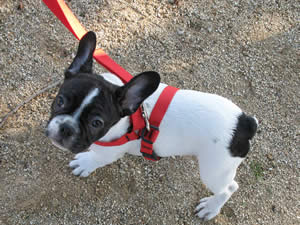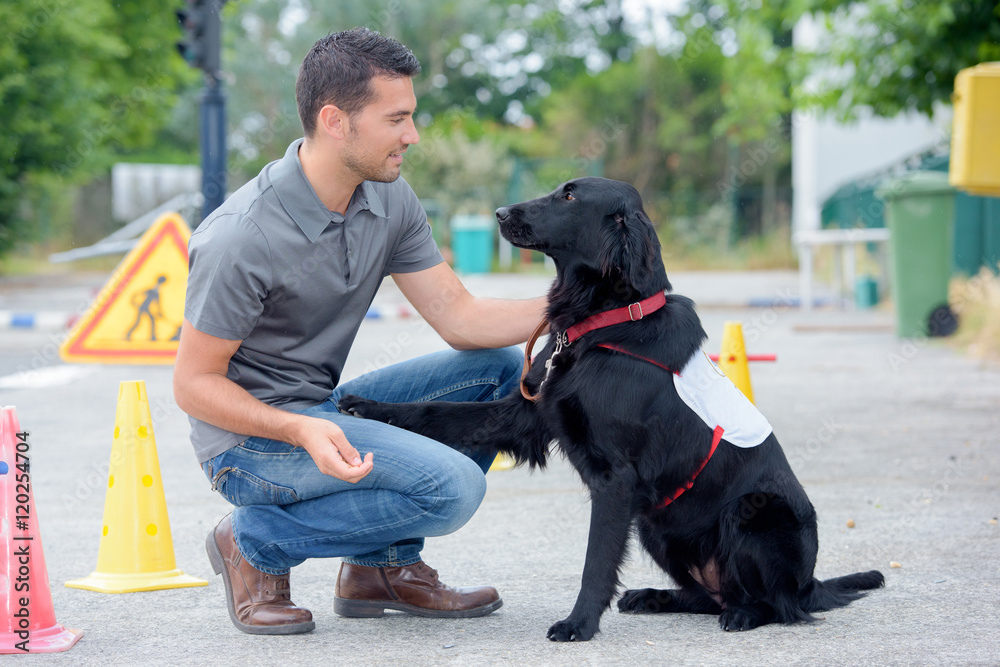Why is Leash Training Important for Your Dogs? Getting Started!

Why is Leash Training Important for Your Dogs? Getting Started!
Your dog looks adorable when it jumps around and barks. However, when you take it for walks, you need it to respond to the leash commands you give. The most frustrating part of walking your dog is having it leading you along the way, instead of you leading it. It is here that Top online dog training say you must teach your dog how it should respond to the leash you hold. In this way, you effectively are able to have a comfortable walk with your dog with it stopping and walking by your side as you wish.
Leash training your dog facilitates good behavior. Your dog will become more obedient, cooperative, and disciplined while walking nicely on a leash. Moreover, leash training can help your dog improve other skills, such as displaying good manners with other dogs and strangers during a nice walk. Now that you know the important benefits of dog leash training, when should you start training your dog?
The best time to begin collar and leash is once you bring the puppy home, around 4 to 6 weeks of age because this is when they are more responsive to learning. When training your puppy, provide the right treats. Encourage leash training by letting your furry friend get used to wearing a dog harness or collar and a leash for short periods. Do this encouragement activity while giving treats and playing with him, representing food and fun.
Below are other helpful tips on leash training your dog.

Use the right collar and leash
Remember the collar and leash you place on your dog should not cause pain to it when you pull at it. It is wise to use a leash that is non-extendable – its length should be 4 to 6 feet long. You should avoid using prong collars, chokes, etc. that causes your dog pain. Make sure you do not pull the leash all the time as this will strain the neck of your dog. Avoid using the extendable leash as your dog will pull on the leash when it is supposed to walk. If you are playing with your dog at the park, experts suggest you use these long extendable leashes for your dog.
Aside from a collar and leash, you can keep your dog safe and secure during your walks outdoors with a dog harness. Dog harnesses make walking, running, hiking, and other outdoor adventures more fun and safer with your dog than leash alone. The best safety features of a dog harness include one with a chest strap and reflective trim and straps.
One of the benefits of using a dog harness is it reduces pulling during leash training and other exercises. You gain more control over your dog’s movements because the harness can effectively cover your four-legged friend’s chest, shoulders, and upper back, evenly distributing the surface pressure. Some dog harnesses have front and back attachments for two-touch training, an effective teaching strategy utilizing directional control to facilitate good walking manners.
Make the training sessions short
When you are leash training your dog, ensure you make the walking sessions short. You should focus on five- minute walks where your dog learns how to respond to the leash. Gradually increase the walk to ten minutes. Dog treats are a good motivation for them. Carry them with you when you are training your dog. Make sure you buy good quality leashes from credible stores. Winstonmanner.com is an online store where you are able to get comfortable dog leashes that are not only high in quality but stylish and fashionable as well. Nothing can be better than your dog walking with a fashionable leash to grab attention.
Start training your dog indoors if it is not trained with the leash
In case your dog or puppy is not trained at all with a leash, it is prudent to begin the training sessions indoors. Remember, when you are leash training your dog, you must have minimum distractions. If you try to train your dog outside, it might become distracted and bark incessantly at people passing by. You can start walking your dog around the apartment and yard. Start these training methods in small areas.
Last but not least, before you begin to train your dog, ensure it is calm before the walk. In case your dog starts to jump and bark once it sees the leash, stand still till it stops. Once the dog is calm and still, proceed to fix the leash on the collar. During this whole process, your dog has to be still and quiet. If you do this every day, your dog will get used to the routine. It will calm down before the actual walk begins for both of you.
Thank you,
Glenda, Charlie and David Cates
